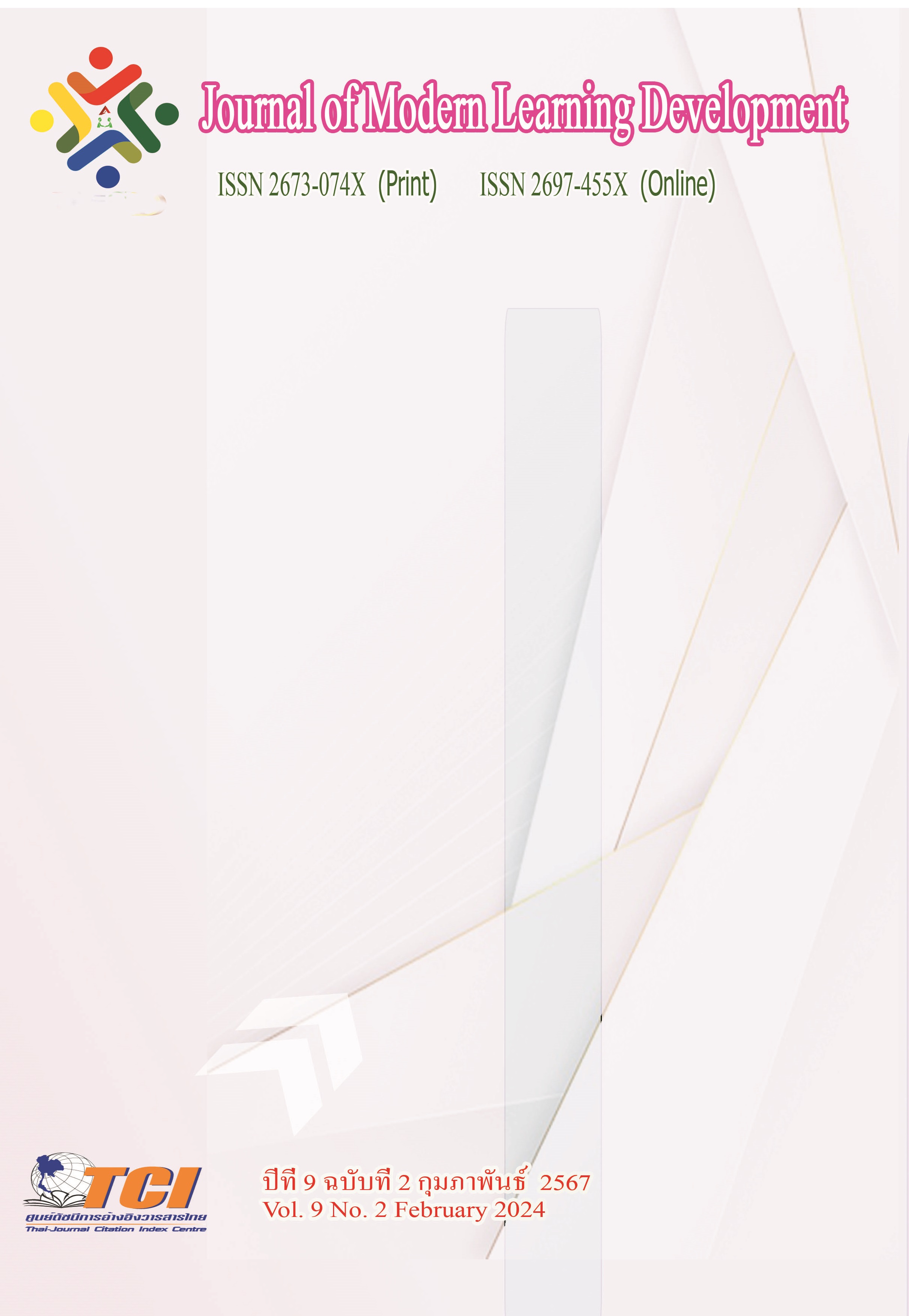Developing the Process of Identified Indicators the Development Plan of the Upper Northern Provincial Cluster 2
Main Article Content
Abstract
The purposes of this research were 1) to study problems and limitations in the development process and area development plan indicators according to the strategy transferring into practice. 2) to make proposals on the process for developing and setting indicators for the provincial cluster development plan.
This study is a qualitative research. Collected data by the study Documents and In-depth Interview. The main informant population was divided into 2 groups with a total of 6 organizations involved in the area development plan preparation process as the provincial group level, each level consists of Policy Level and Plan Making Level, totaling 6 people.
The results of the study showed that Strategic direction setting process and approaches to achieve the situation determined on the basis of systematic information in Economic, Social, Political and Environmental aspects of the Upper Northern Provincial Cluster 2, through the provincial group development goals. Development issues in each area Including strategies and guidelines for the development of the provincial group can be used to create a framework for defining the development process and setting indicators in 4 steps: 1) Determining strategic standpoints; (Positioning) 2) Determination of the target value of the indicator. 3)Determination of the indicator. and 4) Analysis and selection of indicators based on SMART principles to set goals of the organization for indicators at each level of quality consistent and connected.
The suggestion from this study in setting indicators for area development plans according to the approaches for transferring strategies into implementation to achieve results of the development plan of the Upper Northern Provincial Cluster 2 in the next phase in two respects, namely 1) There should be a set of indicators to be appropriate, clear, according to SMART principles and to be a standard that can be driven and transferred into actual practice. There is a connection through the drafting of a KPI Map or KPI Bank key indicators, and 2) Information systems should be implemented, used to integrate information in various fields from each agency that has a corresponding mission to achieve integration Information sharing among agencies in the provinces for analysis and preparation of indicators at each level.
Article Details
References
พระราชกฤษฎีกาว่าด้วยการบริหารงานจังหวัดและกลุ่มจังหวัดแบบบูรณาการ พ.ศ.2551. (2551, 30 ธันวาคม). ราชกิจจานุเบกษา. เล่ม 125 ตอนที่ 137 ก
ระเบียบสำนักนายกรัฐมนตรีว่าด้วยการบริหารงานเชิงพื้นที่แบบบูรณาการ พ.ศ. 2560. (2560, 17 พฤศจิกายน). ราชกิจจานุเบกษา. เล่ม 134 ตอนพิเศษ 281 ง
สำนักพัฒนาและส่งเสริมการบริหารราชการจังหวัด สำนักงานปลัดกระทรวงมหาดไทย. (2552). แผนกับการพัฒนาจังหวัดและกลุ่มจังหวัด, (สป.มท.)
กลุ่มงานบริหารยุทธศาสตร์กลุ่มจังหวัดภาคเหนือตอนบน 2. (2564). แผนพัฒนากลุ่มจังหวัดภาคเหนือตอนบน 2 พ.ศ.2561 – 2565. กลุ่มงานบริหารยุทธศาสตร์กลุ่มจังหวัดภาคเหนือตอนบน 2 กลุ่มยุทธศาสตร์ การพัฒนาภาคเหนือ สำนักงานปลัดกระทรวงมหาดไทย


